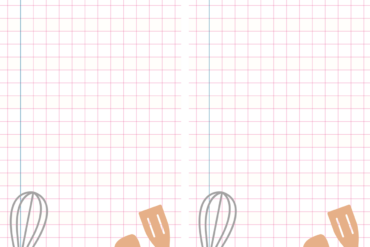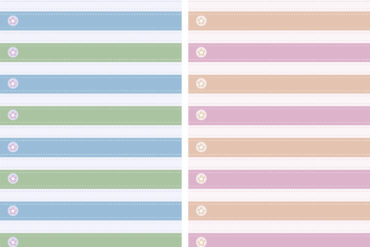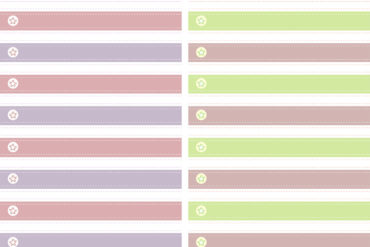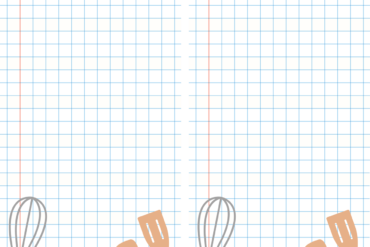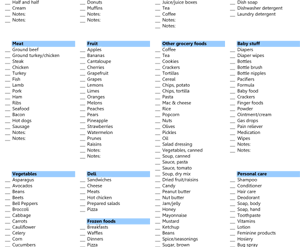Are you a healthy grocery shopper?
A study reveals that in-person supermarket education affects healthful food purchases
With smart-shopper guidelines like, “Shop the perimeter and avoid center aisles, don’t buy anything at eye level, investigate the label,” grocery shopping can be a daunting task. Moreover, studies have shown that Americans obtain most of their food from grocery stores and their shopping habits are predictive of their consumption of fruits, vegetables, and sugared soft drinks. Many grocery stores are taking an active role in helping consumers make healthful food choices.
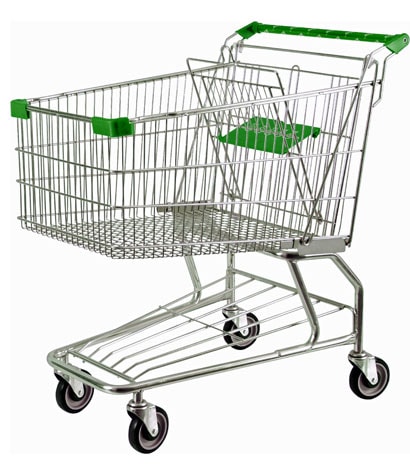 You may have even seen your grocery store use a nutritional score placed right on the shelf’s price label for a food item. The question asked in a study that was published in the May/June 2012 issue of the Journal of Nutrition Education and Behavior is, “Who knows how to use these grocery store shelf signs?”
You may have even seen your grocery store use a nutritional score placed right on the shelf’s price label for a food item. The question asked in a study that was published in the May/June 2012 issue of the Journal of Nutrition Education and Behavior is, “Who knows how to use these grocery store shelf signs?”
Investigators from Arizona State University and University of Arizona College of Medicine–Phoenix recruited 153 shoppers at a grocery chain. The control group received no healthful grocery store shopping information except for the usual information provided at this grocery chain, which included 600 shelf signs placed below food items.
>> Download a grocery store shopping checklist
Shelf signs at the grocery chain identify food items that are considered a “healthier option,” “heart healthy,” “low sodium,” “calcium rich,” or an “immune booster,” according to the Food and Drug Administration labeling regulations and the American Heart Association guidelines. The intervention group received an in-person counseling component provided by a nutrition educator and delivered in less than 10 minutes. In that time, the nutrition educator provided an overview of nutrition label reading and instructions on how to use the 5 nutrition shelf signs emphasizing foods included in the Heart Healthy (shopping for nonfat and low-fat dairy products, leaner beef and pork, vegetable oil, and other sources of healthy fats) and Immune Booster (increasing fruit and vegetable purchasing, especially dark-green, orange, red, and yellow colors) signs.
After the study participants had finished grocery shopping, the investigators assessed their shopping basket for total fat, saturated fat, trans fat, fruit, vegetables, and dark green and bright-yellow vegetables. The investigators found that in-person counseling resulted in greater purchasing of healthful food items such as fruit and green and yellow vegetables.
Dr Brandy-Joe Milliron, the lead author of this article, states, “Previous point of purchase supermarket interventions, price discounts, advertisements, coupons, recipe fliers, store signage, and food demonstrations have had modest effects on food purchasing patterns. Therefore, we sought to test the effect of a point of purchase intervention with in-person counseling from a nutrition educator on food purchasing patterns. Food purchasing patterns are predictive of actual dietary intake, and even the modest effects from our study could translate into meaningful health benefits if sustained long term.”
>> Weekly meal planners and shopping lists
Dr Bradley M. Appelhans, the principal investigator of this study adds, “The ubiquity of inexpensive, palatable, energy-dense food is considered a primary contributor to the obesity epidemic, and a number of obesity-reducing modifications to the obesity-promoting environment have been proposed. Interventions aimed at promoting more healthful food purchasing patterns represent a promising approach to reducing obesity but have been relatively understudied.”
“The bottom line, encouraging the feasibility of supermarket interventions, such as that in our study, assists shoppers in choosing healthful options,” conclude the investigators.

